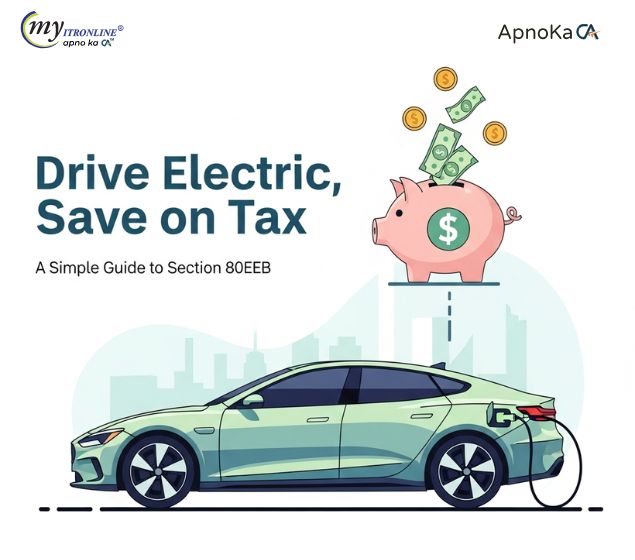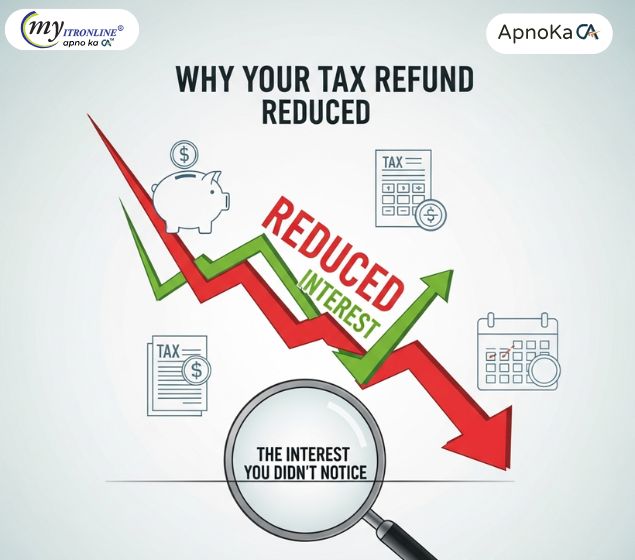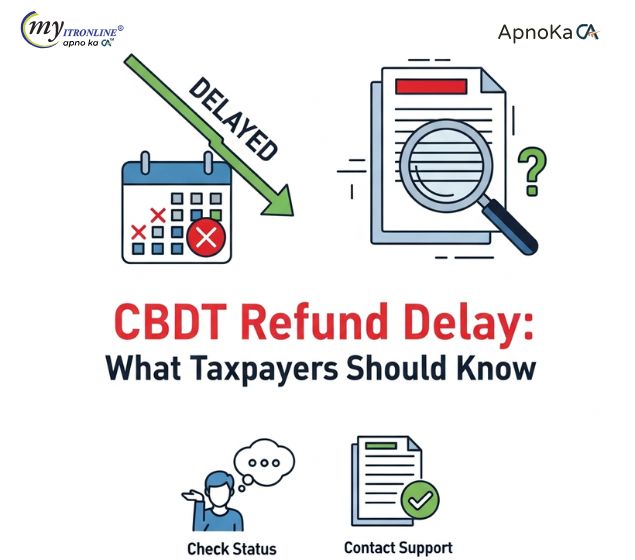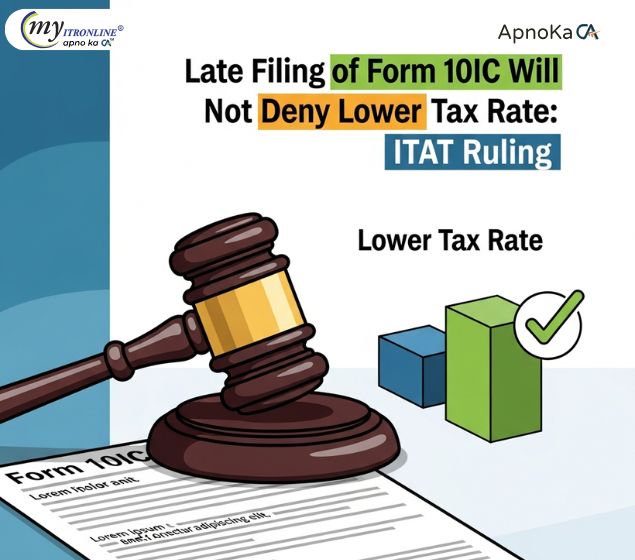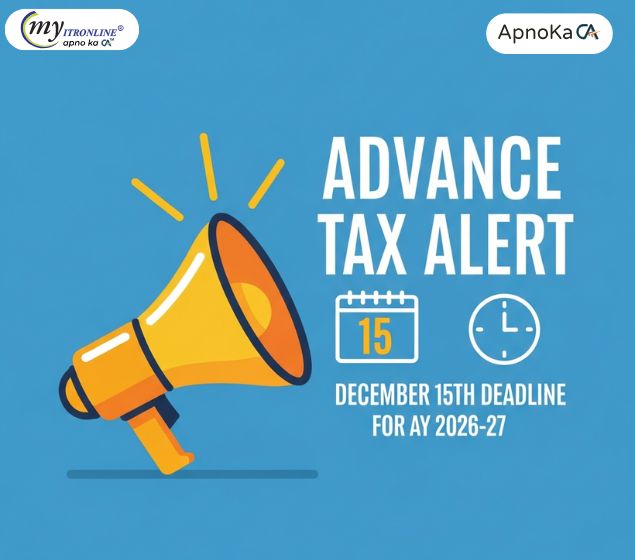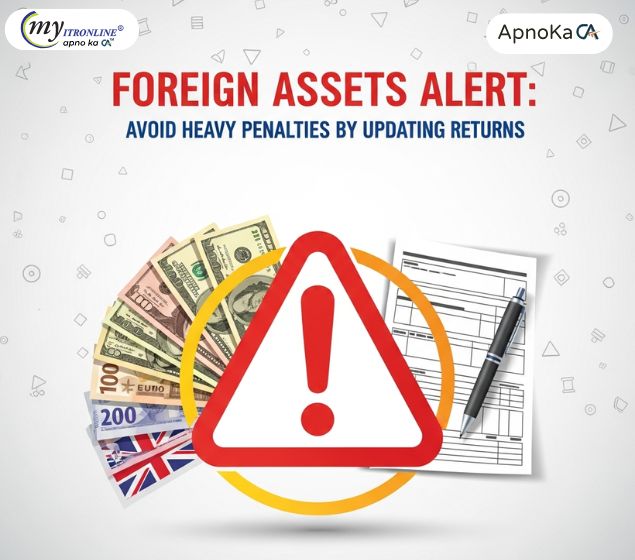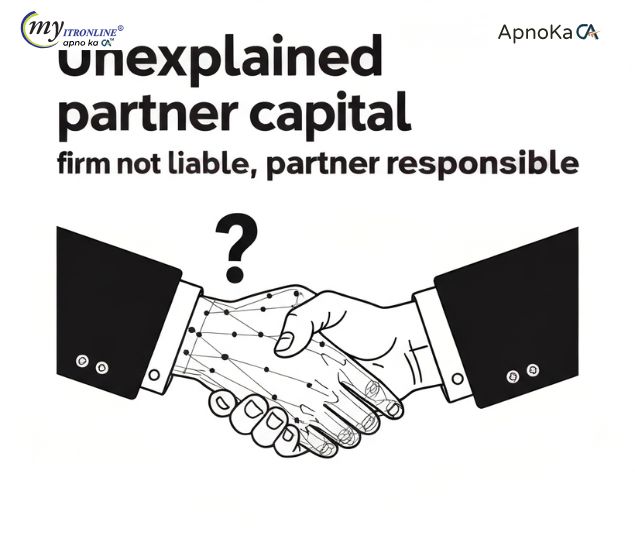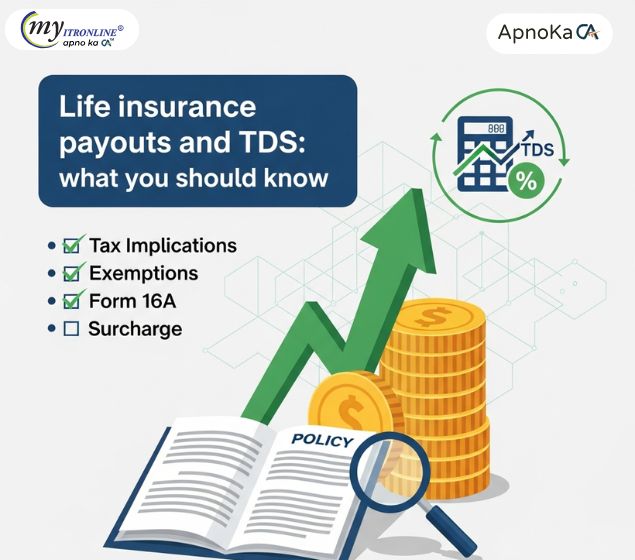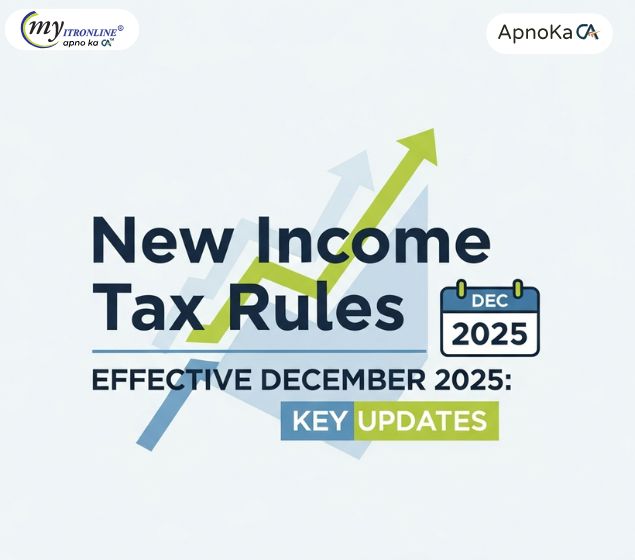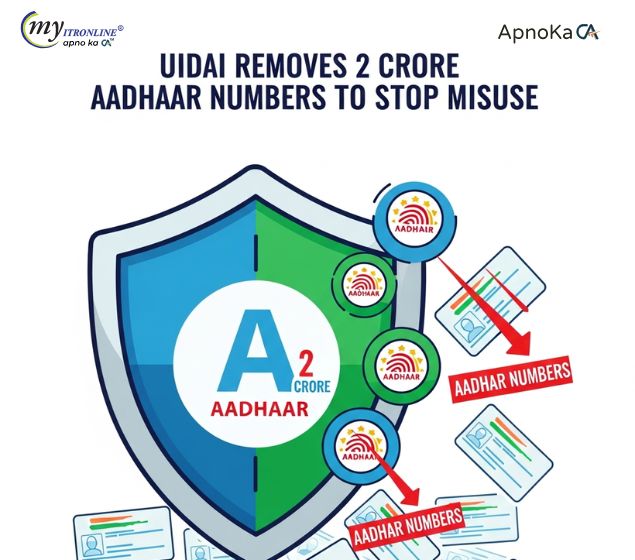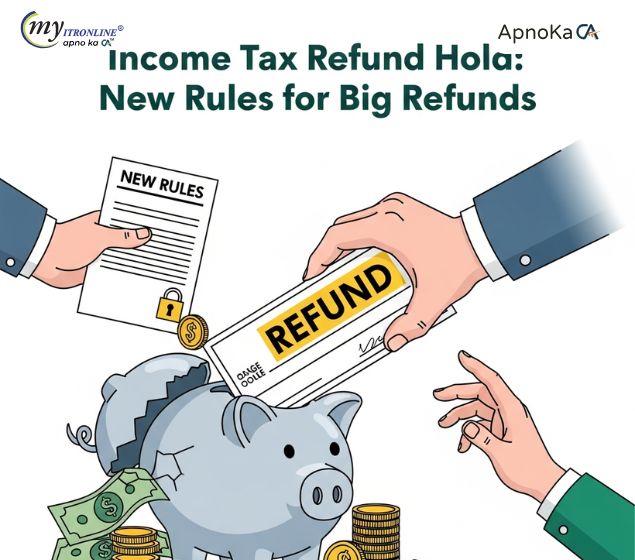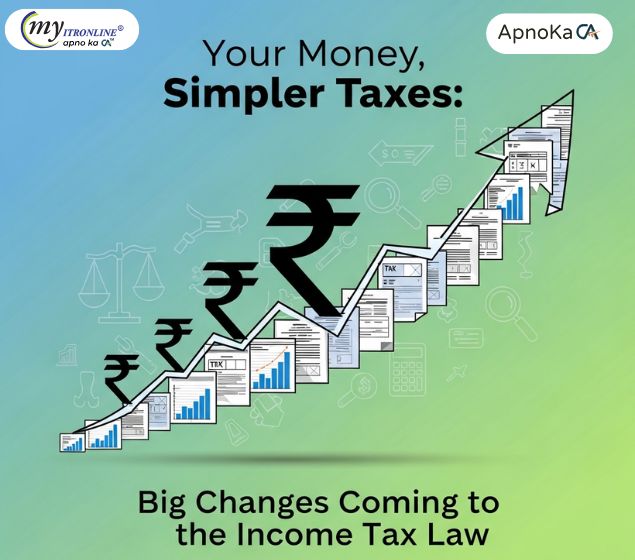New 1% TCS Announcement! CBDT Focuses on High-Value Luxury Items Over 10 Lakh
This post details India's new 1% Tax Collected at Source (TCS) regulation, effective April 22, 2025, under Section 206C(1F). It applies to specific luxury goods (watches, art, yachts, etc.) when the sale value exceeds ₹10 lakh. The article explains the TCS mechanism, lists affected items, clarifies calculation, outlines buyer and seller responsibilities, differentiates it from Section 206C(1H), and highlights that the TCS paid is adjustable against the buyer's income tax liability.

New 1% TCS Announcement! CBDT Focuses on High-Value Luxury Items Over ₹10 Lakh
The Indian taxation framework has undergone a noteworthy change regarding high-value acquisitions. The Central Board of Direct Taxes (CBDT), through recent notifications released on April 22, 2025, has outlined a list of luxury items that will incur a 1% Tax Collected at Source (TCS) if their sale price surpasses ₹10 lakh. This rule is effective immediately from April 22, 2025.
This initiative, stemming from revisions introduced in the Finance Act, 2024, seeks to bolster the government's capability to monitor substantial discretionary expenditures, expand the tax base, and enhance financial transparency by establishing a clear audit trail for luxury purchases. Let’s delve into the implications for both buyers and sellers.
What Does Tax Collected at Source (TCS) Mean?
Before exploring the specifics, let's briefly explain TCS. TCS is a tax that sellers collect from buyers at the moment of sale for certain designated goods or transactions. The seller subsequently submits this collected tax to the government. For the buyer, the TCS amount paid does not represent an additional tax burden in the long run, as they can claim it as a credit against their total income tax liability when filing their Income Tax Return (ITR).
The New Regulation: 1% TCS on Designated Luxury Items (Section 206C(1F))
The essence of the new notification lies in the broadening of Section 206C(1F) of the Income Tax Act, 1961. Previously, this section mainly encompassed the sale of motor vehicles exceeding ₹10 lakh. Now, its scope has been extended.
Here’s what you need to understand:
- What’s the Regulation? Sellers are required to collect TCS at a rate of 1% on the sale price of specified luxury items if the value exceeds ₹10 lakh per item or transaction.
- Effective Date: This regulation is applicable for sales where payment is made on or after April 22, 2025.
- Applicable Items: The CBDT notification (G.S.R. 252(E), dated April 22, 2025) has identified the following items:
- Any wristwatch
- Any art item (e.g., antiques, paintings, sculptures)
- Any collectibles (e.g., coins, stamps)
- Any yacht, rowing boat, canoe, or helicopter
- Any pair of sunglasses
- Any bag (e.g., handbag, purse)
- Any pair of shoes
- Any sportswear and equipment (e.g., golf kit, ski-wear)
- Any home theater system
- Any horse for horse racing in race clubs or for polo
- Who Collects? The seller of these designated items.
- Who Pays? The buyer acquiring these items.
- When is it Collected? The TCS must be gathered by the seller at the time of receiving the payment from the buyer.
- Threshold: The 1% TCS applies if the sale price (value) goes beyond ₹10 lakh.
- Calculation: Notably, the 1% TCS is computed on the total sale price, not just the portion exceeding ₹10 lakh.
- Example: For instance, if you purchase a luxury watch for ₹15 lakh, the seller will collect ₹15,000 (1% of ₹15 lakh) as TCS.
- PAN Requirement: The buyer must provide their Permanent Account Number (PAN) to the seller for TCS compliance.
Is This Different from the Existing TCS on Sale of Goods (Section 206C(1H))?
Yes, it is essential to differentiate this new regulation under Section 206C(1F) from the broader TCS provision under Section 206C(1H):
Section 206C(1F) (New Luxury Goods Provisions):
- Applies to: Certain designated luxury items.
- Threshold: Transaction value exceeds ₹10 lakh per item.
- Rate: Fixed at 1%.
- Seller Criteria: Applies to vendors of these designated items (no explicit turnover threshold mentioned in this context).
Section 206C(1H) (General Goods Provisions - Effective Oct 1, 2020):
- Applies to: All goods (with specific exceptions like exports, motor vehicles under 1F, etc.).
- Threshold: Total consideration from a single buyer surpasses ₹50 lakh within a financial year.
- Rate: 0.1% (increases to 1% if the buyer fails to provide PAN/Aadhaar).
- Seller Criteria: Only applicable if the seller's total turnover/gross receipts were over ₹10 crore in the preceding financial year.
These two provisions function independently based on the type of goods and transaction amounts.
What Sellers Must Do:
Sellers of designated luxury items must ensure compliance:
- Identify: Determine transactions involving the listed luxury items where the sales exceed ₹10 lakh.
- System Update: Adjust billing and accounting systems to accurately calculate and apply 1% TCS on applicable sales.
- Collection: Retrieve the 1% TCS from the buyer when receiving payment.
- PAN: Acquire the buyer's valid PAN.
- Deposit: Submit the collected TCS amount to the government using Challan 281, typically by the 7th of the following month.
- Reporting: File quarterly TCS returns electronically in Form 27EQ, detailing transactions and buyers.
- Certification: Provide a TCS certificate (Form 27D) to the buyer, usually within 15 days of the due date for filing the quarterly return.
What Buyers Must Do:
Buyers making significant luxury purchases should be aware of:
- The Levy: Recognize that purchases of the specified items over ₹10 lakh will now carry a 1% TCS charge.
- Provide PAN: Ensure you supply the correct PAN to the seller. Not doing so might lead to complications or potentially higher rates under general rules (though 1% is specified here).
- KYC: Be ready for possible additional Know Your Customer (KYC) documentation requests from the seller.
- Record Keeping: Maintain the invoice and TCS certificate (Form 27D) provided by the seller.
- Claim Credit: Remember to claim the TCS amount paid as credit against your total income tax liability while filing your annual ITR.
Conclusion:
The introduction of 1% TCS on designated luxury goods costing over ₹10 lakh represents a significant action by the CBDT to monitor high-value transactions and enhance tax compliance. While it doesn't raise the ultimate tax burden for compliant taxpayers (as the TCS is adjustable), it does necessitate diligence from both buyers and sellers. Sellers need effective systems for collection and reporting, while buyers must ensure they provide PAN and appropriately claim the credit. As this provision is effective immediately, businesses involved with these luxury items should promptly update their processes.
Disclaimer:
This blog post offers general information based on recent CBDT notifications and relevant sections of the Income Tax Act. It is not designed as professional tax advice. Tax regulations are complex and subject to various interpretations. Please consult a qualified tax professional for guidance specific to your circumstances.
FILING YOUR INCOME TAX RETURN F.Y 2024-25 (A.Y. 2025-2026) WITH MYITRONLINE
The income tax filing deadline is right around the corner. If you haven’t filed yet, do it today with Myitronline! Avoid last minute rush and file your tax return today on MYITRONLINE in Just 5 mins.(www.myitronline.com)
If you are looking for eCA assistance to file your income tax return/ GST, you can opt for MYITRONLINE eCA assisted plan starting
Upload Salary Individual Form-16
If you have any questions with filing your tax return, please reply to this mail. info@myitronline.com OR call 9971055886,8130309886.
Note-All the aforementioned information in the article is taken from authentic resources and has been published after moderation. Any change in the information other than fact must be believed as a human error. For queries mail us at marketing@myitronline.com
Krishna Gopal Varshney
An editor at apnokacaKrishna Gopal Varshney, Founder & CEO of Myitronline Global Services Private Limited at Delhi. A dedicated and tireless Expert Service Provider for the clients seeking tax filing assistance and all other essential requirements associated with Business/Professional establishment. Connect to us and let us give the Best Support to make you a Success. Visit our website for latest Business News and IT Updates.
Leave a reply
Your email address will not be published. Required fields are marked *Share this article
Krishna Gopal Varshney, Founder & CEO of Myitronline Global Services Private Limited at Delhi. A dedicated and tireless Expert Service Provider for the clients seeking tax filing assistance and all other essential requirements associated with Business/Professional establishment. Connect to us and let us give the Best Support to make you a Success. Visit our website for latest Business News and IT Updates.
View articles








